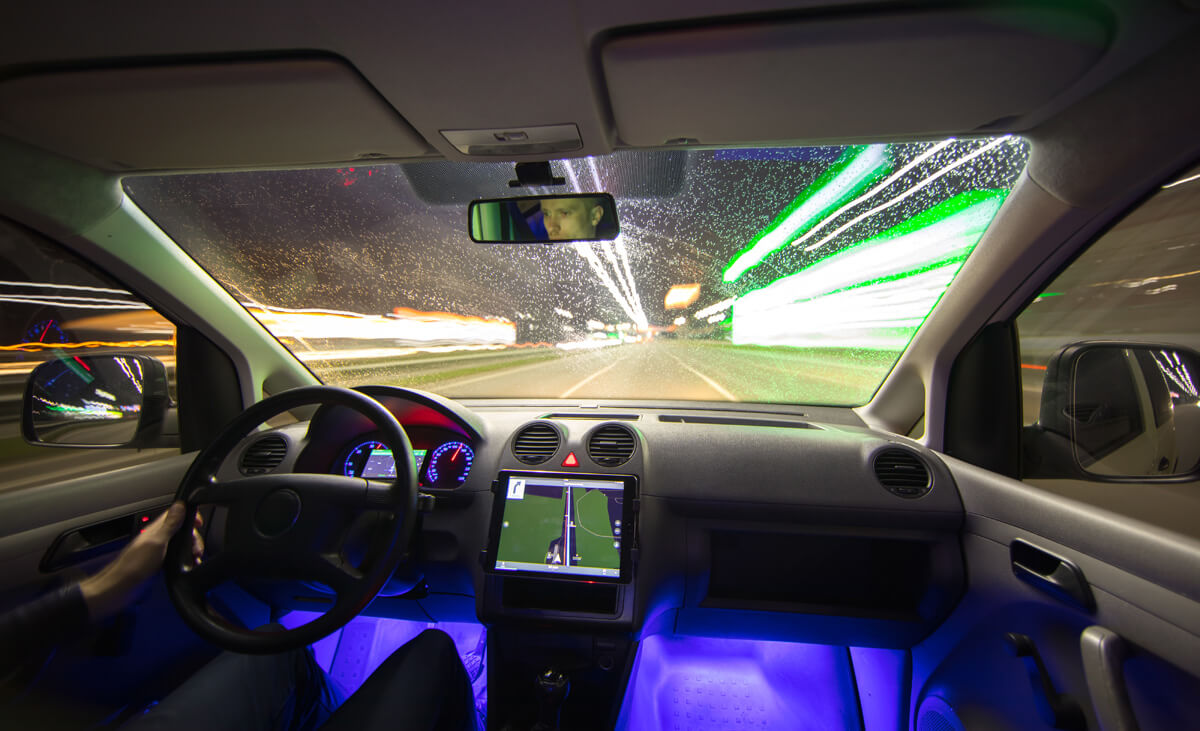The flying electric car…
In my childhood, a cartoon called the Jetsons created a future of getting around in our cities in flying cars. The dream of owning and navigating in a flying car has always appealed and intrigued me. That dream may be closer than we think, and the electric car could be the forefront of this changing mode of transportation.
Electric vehicles (EVs) are gaining popularity as an environmentally friendly alternative to traditional internal combustion engine vehicles. While there are numerous benefits to driving an electric car, such as lower emissions and reduced dependence on fossil fuels, there are also challenges that need to be addressed, particularly in terms of the capacity of our electrical grid to handle the widespread adoption of EVs.
The adoption of electric vehicles is expected to continue to grow in the coming years as governments, automakers, and consumers increasingly prioritize sustainable transportation options. Several factors contribute to the increasing popularity of electric vehicles. Many governments around the world are implementing policies to incentivize the adoption of electric vehicles, such as subsidies, tax credits, and emission regulations. These measures aim to reduce greenhouse gas emissions, improve air quality, and promote the development of a low-carbon transportation sector.
Ongoing advancements in battery technology, charging infrastructure, and electric vehicles design are making EVs more affordable, practical, and convenient for consumers. Improved range, faster charging times, and wider variety models are addressing key barriers to adoption.
Growing awareness of climate change and the environmental impact of traditional vehicles is driving consumers to consider cleaner alternatives like electric vehicles. EVs produce zero tailpipe emissions, reducing air pollution and dependence on fossil fuels.
Over time, the total cost of ownership for electric vehicles is becoming increasingly competitive with traditional internal combustion engine vehicles. Lower fuel and maintenance costs, as well as potential savings on taxes and incentives, make EVs an attractive option for many drivers. While electric vehicles are gaining momentum, it’s important to note that the transition to a fully electric vehicle fleet will take time and face challenges. Factors such as charging infrastructure development, grid capacity, consumer preferences, and technology limitations may influence the pace and scale of EV adoption in different regions.
As the number of electric vehicles on the road increases, concerns about the capacity of our electrical grid to handle the additional load become more pronounced. The simultaneous charging of numerous EVs in a concentrated area during peak times could strain local distribution networks and lead to grid congestion. To address these challenges, several solutions can be implemented.
Grid Modernization….upgrading the modernizing the grid infrastructure with technologies such as advanced metering, grid automation, and energy storage can improve grid resilience and flexibility to accommodate the increased demand from electric vehicles. Vehicle to grid technology allows electric vehicles to not only charge from the grid but also discharge electricity back to the grid when needed. This bidirectional flow of energy can help balance grid demand and supply, especially during peak periods.
Smart charging…. implementing smart charging strategies, such as scheduling charging during off-peak hours or in response to grid conditions, can help distribute charging load more evenly and reduce strain on the grid. Encouraging the integration of distributed energy resources like solar panels and home energy storage systems can provide localized power generation and reduce the reliance on the central grid for charging EVs. Providing information about the benefits of electric vehicles, addressing common misconceptions, and offering guidance on charging options can help alleviate concerns and build confidence among potential EV buyer.
Personally, I have had discussions with my family about the possibility of purchasing an electric vehicle and the feedback that l have received is that there should be no rush to change. The battery issue relating to distance you can drive an EV and if there are charging stations accessible in sufficient numbers create doubt in my mind and are questions that need answers. However, this topic is for our politicians and has become a hot political election issue with Ford and Trudeau announcing a fifteen-billion-dollar new Honda EV plant producing 240,000 electric vehicles annually as the Japanese auto giant expands its footprint. Five billion will be in public funds invested… our taxes…. creating 1,000 new jobs at Honda, which already employs 4,200 people in Alliston and supposedly thousands of spin off positions in parts production and construction of new facilities.
While it is likely that electric vehicles will play a significant role in the future of transportation, it may take some time before we see a complete shift away from traditional vehicles. The exact timelines and extent of EV adoption will depend on a variety of factors, but the trend towards cleaner, more sustainable transportation options is expected to continue in the near future.
Vincent Black/MS



Redes Sociais - Comentários